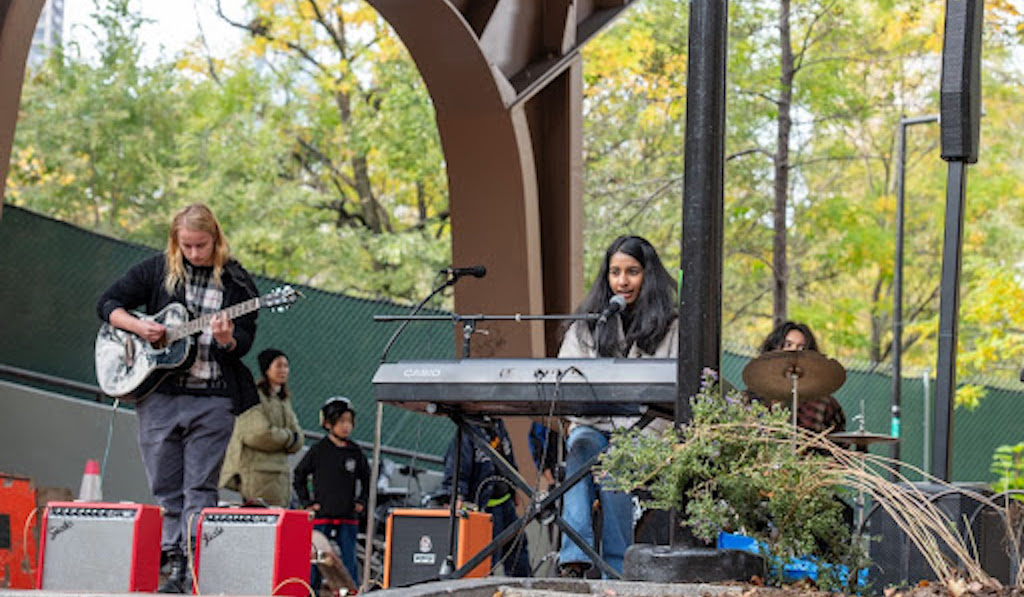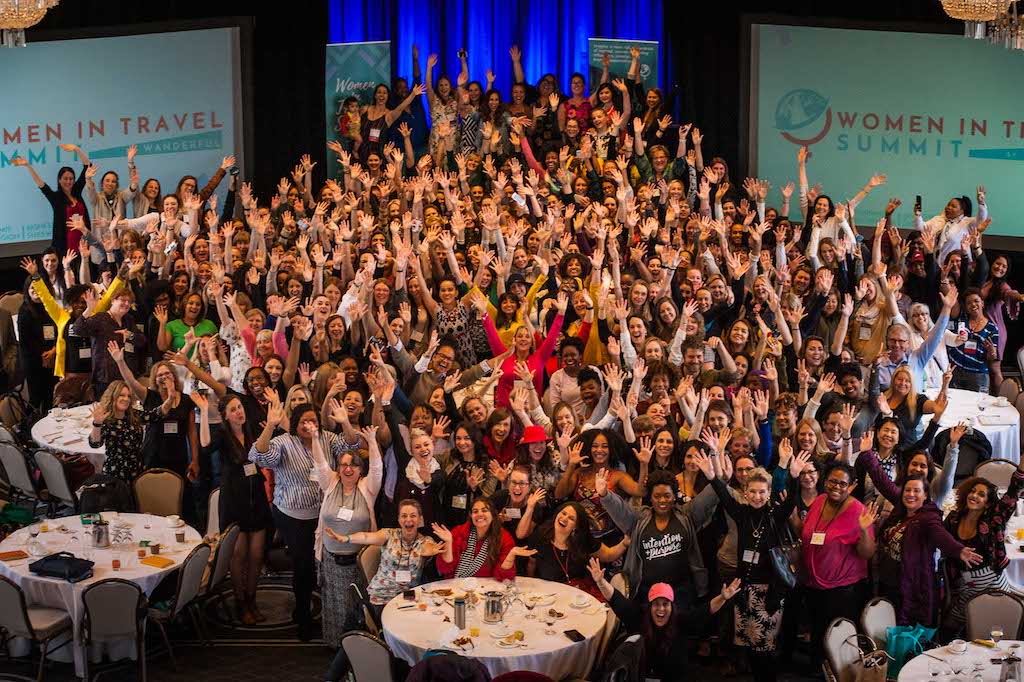Billion Oyster Project’s Gail Tierney on Turning New York Back Into the Big Oyster
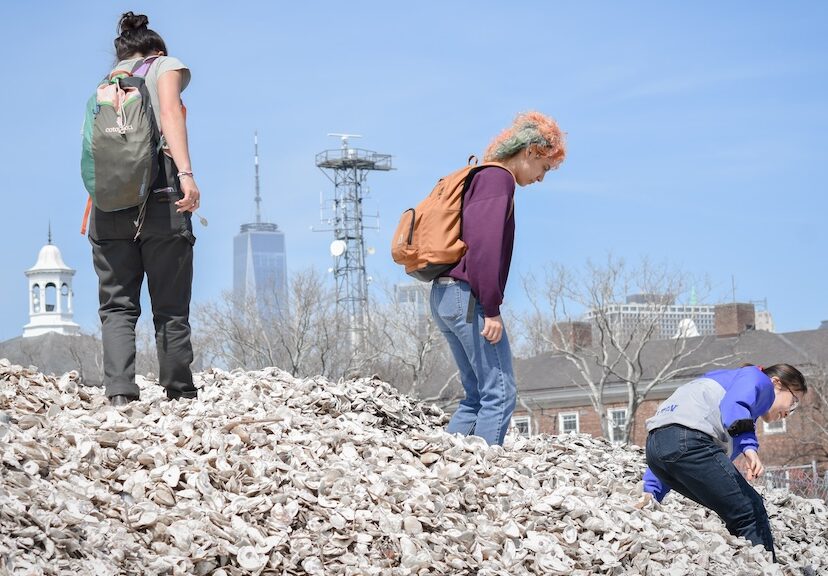
Governors Island–based organization Billion Oyster Project started as a class experiment in the New York Harbor School and grew into its own nonprofit in 2014. Through restoration and education, the team is able to set 50 million oysters into New York City’s local waterways each oyster season — an effort that is set to have a huge impact on the harbor’s ecosystem and our city as a whole.
We spoke to Gail Tierney, Billion Oyster Project’s senior corporate volunteer coordinator, about the organization’s mission, the challenges involved and the most delicious way to purify the New York Harbor. For more on Billion Oyster Project and sustainable efforts in NYC, be sure to sign up for our March 7 LM Live panel on “Redefining the Concrete Jungle,” which features Tierney and other leaders in urban sustainability initiatives; reserve your spot here.
The million dollar question is, “Why oysters?”
Oysters are a keystone species to New York Harbor. Our executive director Pete says, “Without oysters, it’s like a forest without the trees.” They are best known for their water filtration, which is how they feed. When we reach our goal of a billion oysters by 2035, that will filter the entire harbor every three days. They are very effective filter feeders — one oyster can filter up to 50 gallons of water a day, which is the size of a bathtub. They make our coastline more resilient by preventing unsafe flooding and erosion. They also provide habitat for other types of species; we have seen a very clear uptick in biodiversity at all of our reef sites.
Oysters are also of extreme cultural significance to our city. New York was the Big Oyster before it was ever the Big Apple. Oysters were abundant, affordable, and available to be enjoyed by all until overfishing by Dutch and English colonizers led to a massive population collapse. Like all land in the United States, our headquarters is located on non-ceded Indigenous territory, and the Munsee Lenape people were the first to understand the critical role of oysters. Our work has much to learn from Indigenous leaders and water defenders who’ve always known about our species’ interdependence with our surroundings.

What are some of the challenges of restoring oysters in one of the busiest ports in the United States?
We have very ambitious restoration goals, but we also pair them with education goals. We want to engage 1,000,000 people and help them understand the story and the challenges that [oysters] face. Without that education, our restoration is obsolete. Getting the word out there, helping schools, engaging people to collect data with us around water quality is a big one. In New York, we have extremely outdated wastewater management infrastructure. This isn’t unique to our city, it’s a problem the whole East Coast is facing right now. This contributes to billions of gallons of pollution every year and is one of the root poisons for climate resiliency in our city.
How can others in Lower Manhattan support your cause?
So many ways. We have a corporate volunteering program for offices interested in coming out as a team and we also have a very robust public volunteering program for anyone who wants to donate their time or skills. You can also donate monetarily. We have lots of engagement with schools. [You can] recommend us to a teacher or principal and help us develop a relationship [to facilitate in-classroom education about our conservation efforts].
We also have a field station in Williamsburg that focuses entirely on data quality through water quality testing, and we also have oyster testing stations around the city which are kind of experiential labs for schools and community groups to help us with the data. We also have ticketed events like oyster socials. Similarly, we have a huge bash every year called the Billion Oyster Party in the Brooklyn Navy Yard. It’s not your typical non-profit gala. It feels like a farmers market meets live music event meets warehouse party.
What does a typical day look like at Billion Oyster Project?
You’d get a different answer based on any person you ask, because we do have a lot of specialists on our team. That said, during the field season, which runs from April through October, it looks quite busy. A lot of people are commuting by ferry to our HQ on Governors Island, where we have a lot of facilitation of groups for various programs, especially the public volunteer program and corporate volunteer program. Throughout the year we have deliveries of thousands of pounds of shells and we work with volunteers to clean them and prepare them for our hatchery. Our restoration team is very busy at work seeding those oyster shells with the oysters and deploying them to reef sites.
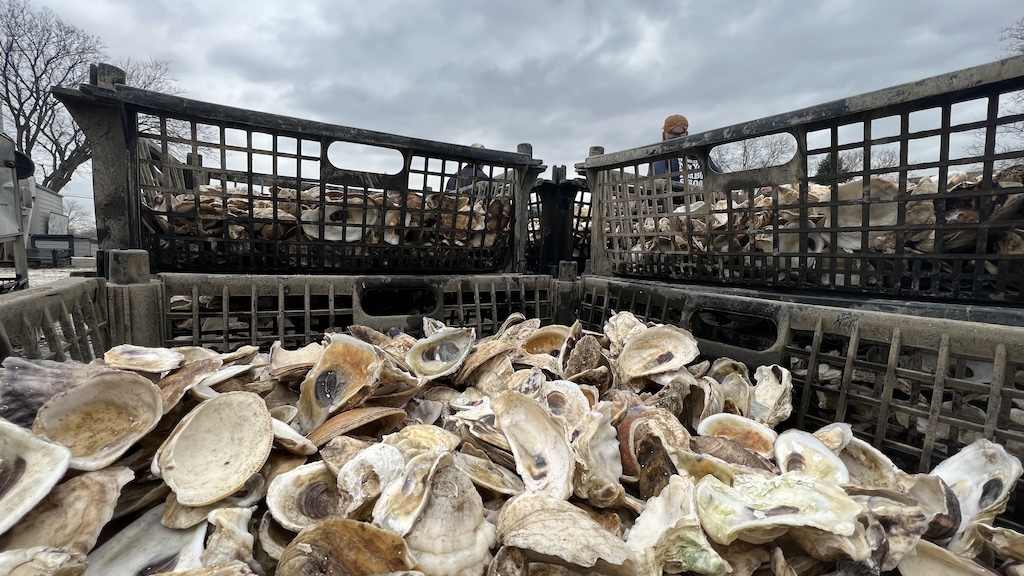
What does that mean? Can you explain the process?
In the wild, when oysters reproduce, they release reproductive matter into the water table that combines to form larvae that swim to attach to the reef. Because in New York oysters were functionally extinct before our work, we have to give them a bit of a head start in a controlled setting. So that’s why we have our lab. We start with blank shells (which means there’s not a living oyster inside it), and source all of those from over 75 restaurants across NYC that donate or recycle their shells. That’s another way people can help us! If they like eating oysters, they can ask their servers if they participate in our shell collection program. Oyster shells are typically considered commercial waste, so restaurants have to pay a fee to have them picked up, but we can help them avoid that fee and collect them ourselves to use them for a different purpose.
Once we have the shell, we give it a year to cure — all the organic matter bits are washed away by the sun — and then we spot clean it with volunteers before sending it to the hatchery. Once our team gets a hold of the shell and in breeding season, they use large tanks to set a shell or breed baby oysters onto them. That’s why we want used oyster shells, because of their calcium carbonate-rich substrate. The baby oysters adhere to the outside of the shell and start to pull nutrients from the established shell to grow their own. It takes each of them one to two years to grow to full adult size, but it only takes about six weeks in our lab to become stable and then we can send them out to start the foundation of our reefs.
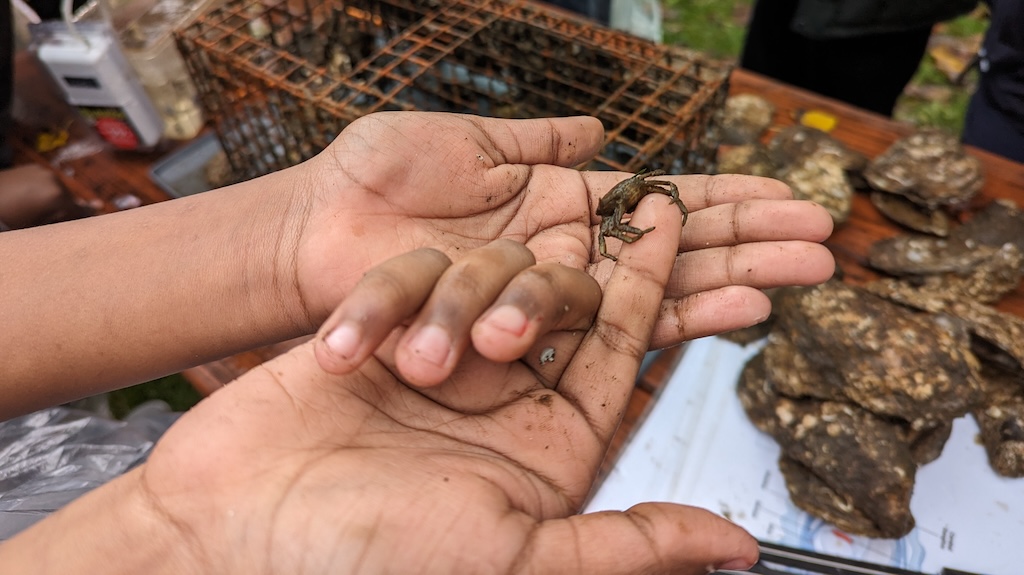
Is there anything else you think people would be surprised to learn about oysters?
They are arguably the most sustainable seafood brought to market because they increase the health of the ecology by the very act of farming.
Photos courtesy of Billion Oyster Project
Tags: billion oyster project, sustainability
